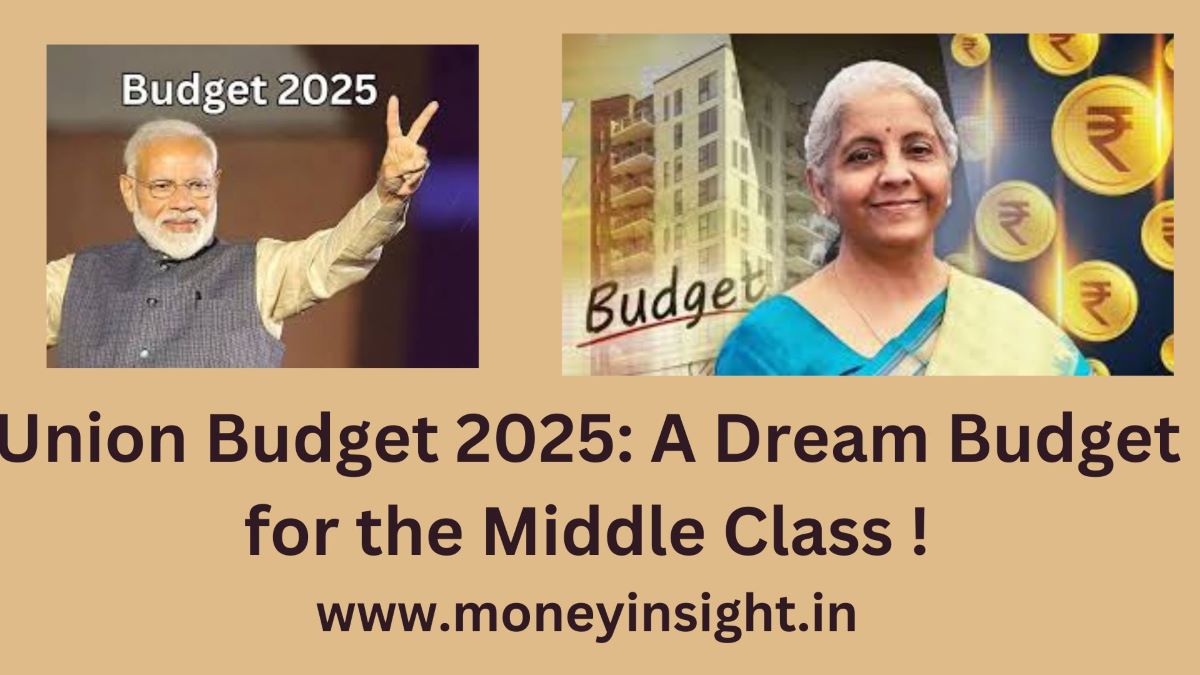The Union Budget 2025 has brought significant changes to India’s taxation system, making a large portion of the middle class exempt from income tax. With this move, many are calling it a “Dream Budget” for the middle class. But does it truly live up to this title? Let’s analyze the implications of this Budget on the middle class from various perspectives.
Tax Relief: A Major Win for the Middle Class
One of the most striking aspects of this Budget is the expansion of the tax exemption limit, which has allowed a vast number of taxpayers to go out of the tax net. This step reduces the financial burden on middle-class families, providing them with more disposable income. For salaried individuals, this means increased savings, better investment opportunities, and enhanced purchasing power.
Additionally, the government has reportedly simplified the tax regime, reducing the complexity of multiple tax slabs and deductions. This makes tax compliance easier and encourages more people to invest in formal financial instruments rather than seeking ways to reduce taxable income through loopholes.
Boost to Consumption and Savings
With more money in hand due to tax savings, middle-class households are likely to increase their spending on consumer goods, housing, and services. This increased demand could provide a much-needed boost to sectors like real estate, automobiles, and retail. Moreover, the government’s push towards incentivizing investments in mutual funds, pension schemes, and fixed deposits will strengthen long-term financial security for individuals.
Concerns Over Fiscal Impact
While the tax cuts are a welcome move for individuals, there is concern about their impact on government revenues. The middle class forms a significant portion of taxpayers, and with many moving out of the tax net, the government will have to find alternative ways to fund public services and welfare programs. If the shortfall is managed through higher indirect taxes or borrowing, it could eventually lead to inflation or fiscal stress.
Infrastructure and Welfare Measures
The Budget has also focused on infrastructure development, healthcare, and education—sectors that directly impact middle-class lives. Increased investments in metro projects, expressways, and digital infrastructure are expected to create more employment opportunities. Similarly, allocations for affordable housing and healthcare schemes will provide financial relief to the middle class in crucial areas of expenditure.
Challenges That Remain
Despite the tax relief, other financial pressures on the middle class persist. Rising costs of education, medical expenses, and property prices continue to strain household budgets. Moreover, inflation remains a key concern, as any rise in essential commodity prices could offset the benefits of tax exemptions. Additionally, those who fall just above the new tax-exempt category may feel left out and could demand further relief in future budgets.
Conclusion
Overall, the Union Budget 2025 is undoubtedly one of the most middle-class-friendly budgets in recent years. The significant reduction in tax liability, combined with a focus on infrastructure and welfare, makes it a strong contender for the title of a “Dream Budget.” However, its long-term success will depend on how well the government manages revenue shortfalls and economic growth. If inflation and fiscal deficits are kept under control, this Budget could indeed mark a golden period for the Indian middle class.Bottom of Form
Read Also:
Know Everything About Gift Tax In India – MoneyInsight
Also Read :
How to make money from share market? (indiatimes.com)
Visit our Website regularly for more such Educational Research Articles:

